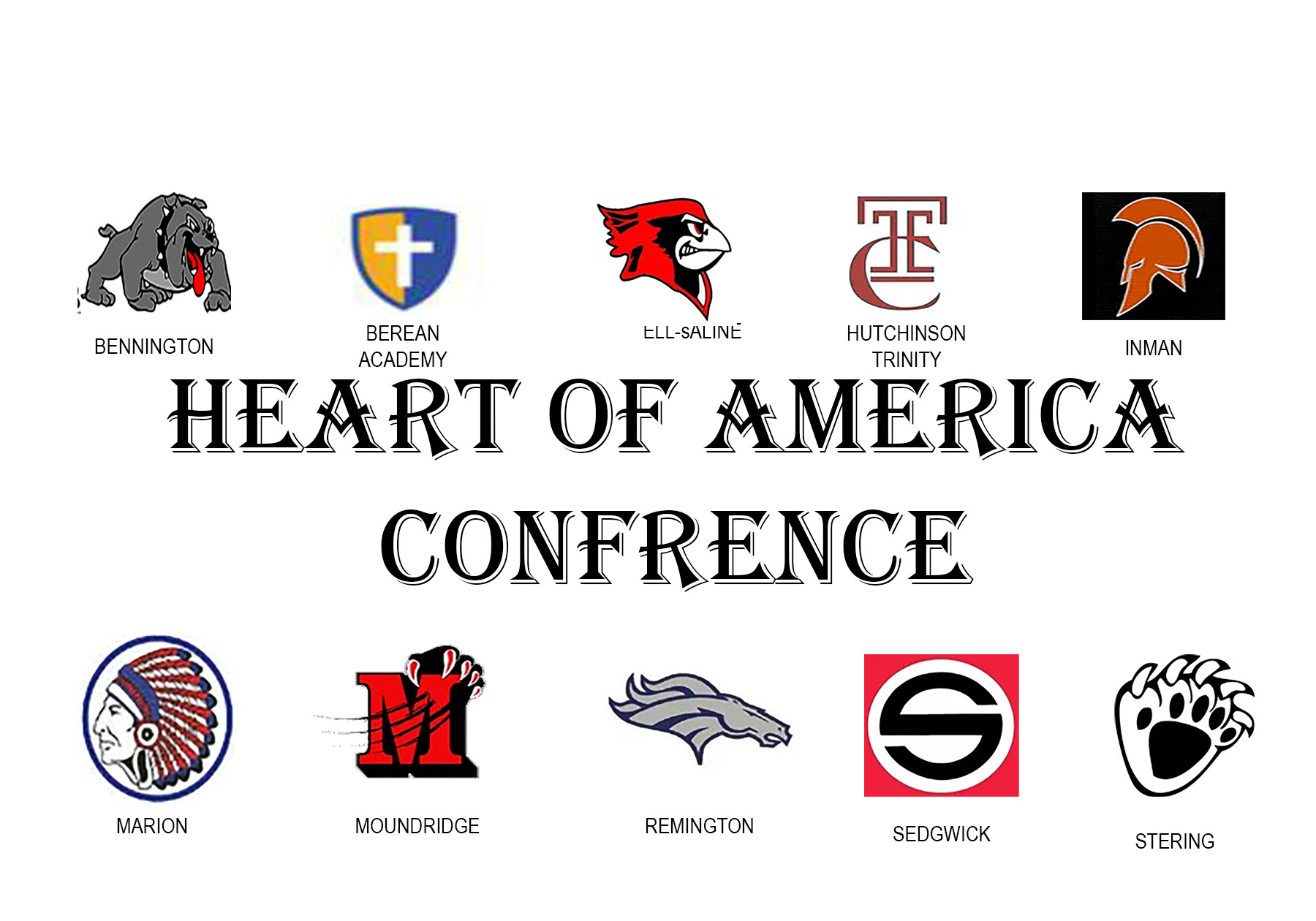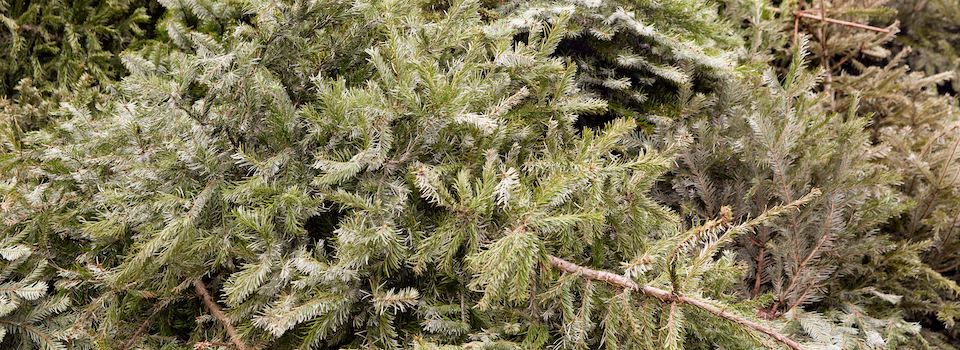The fact that a monthly online program for gardeners in Kansas has turned its attention to tips on gardening with less water is a stroke of luck – both good and bad.
The bad? Much of Kansas remains locked in a period of drought, which severely hampers the state’s agriculture industry and is equally vexing on home and commercial gardeners.
But K-State Research and Extension horticulture agent Matt McKernan says it was certainly a stroke of good luck that organizers of the K-State Garden Hour – held the first Wednesday of each month — began planning for a series on gardening during drought nearly a year ago.
“Periods of drought are always a concern in Kansas,” said McKernan, who works in K-State’s Sedgwick County extension office. “Unfortunately this year, drought is an even greater concern for most of Kansas due to limited rainfall and exceptional drought conditions.”
Beginning May 3, the K-State Garden Hour will address topics related to water conservation in the landscape:
- May 3 – Drought Tolerant Plants for a Challenging Kansas Landscape.
- June 7 – Drought Tolerant Lawns of Kansas: Warm Season Turfgrasses.
- July 5 – Solutions to Your Top Garden Insect and Disease Problems.
Each session begins at noon (Central time). There is no cost to view the webinar, but registration is required to receive a link to the program.
“Last summer many people received a taste of drought conditions during the summer months,” McKernan said. “This was vivid reminder of the kinds of drought conditions we can experience in Kansas. The heat and increased water bills were stark reminders that we all need to be thinking about being prepared for drought conditions.”
McKernan helps to staff a gardening hotline hosted by the Sedgwick County extension office. He said callers have been asking many questions about the best choices for plants that will use less water and be more drought tolerant.
“The other side of this is many people are trying to figure out why plants in their landscape are showing unusual damage – browning, leaf scorch, partial branch dieback, sporadic branch dieback, and in some cases entire plant death,” he said. “This is especially the case on many evergreens and semi-evergreen plants… In most cases, the drought is a big factor in these injuries – either as the primary cause, or a primary compounding factor.”
McKernan said homeowners can prepare plants – including lawns – now for drought and other weather extremes.
“Many people over-water their lawns and gardens when water is plentiful,” he said. “This may cause the plants to green up and look good in the short term, but if the ground is constantly wet, the root growth will be limited and shallow.
“On the other hand, if homeowners water infrequently, applying water slowly so that it wets the ground deeply, this will encourage deep, robust root growth. The period of short-term drought in-between watering will actually help plants better survive periods of long-term drought when weather conditions turn hotter and drier, and water resources become more scarce.”
More information on gardening and home landscapes is available at local extension offices in Kansas.



